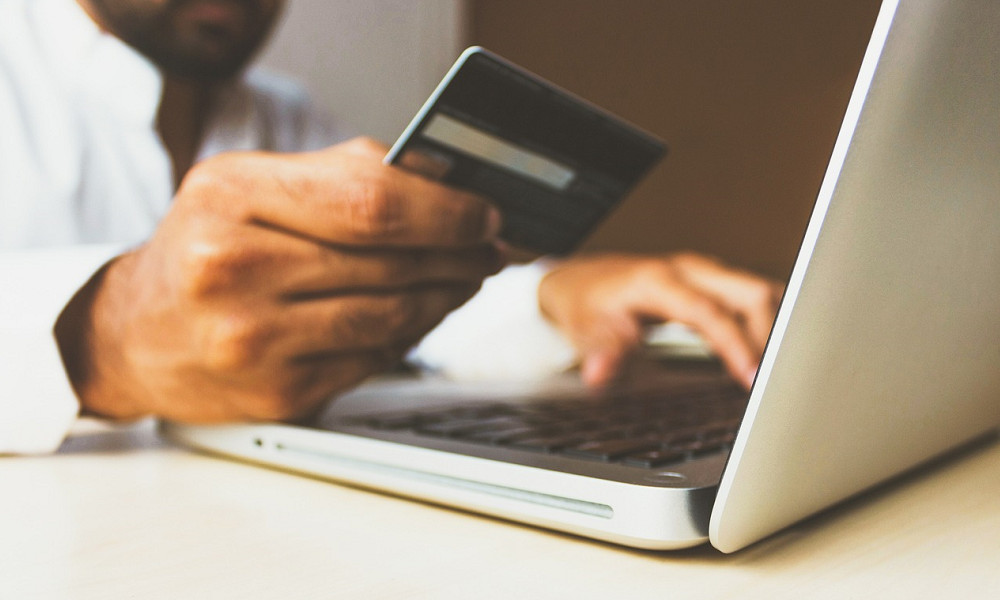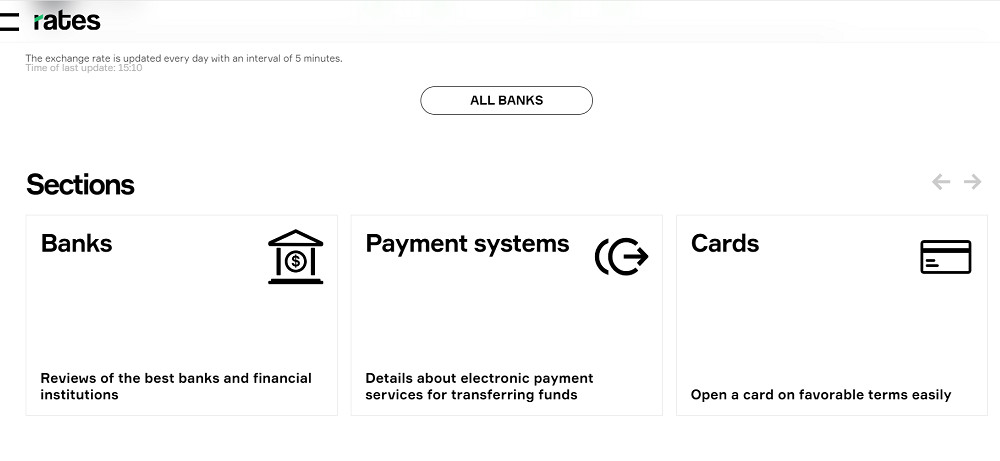Reviews
Online Payment Systems: Trends in 2024

Among the main trends in digital payment systems in 2024, we have seen biometric authentication and the use of artificial intelligence (AI) and machine learning in our daily payment transactions.
These innovations not only improve the security and convenience of financial transactions but also change the very approach to customer interaction with banking institutions at the USA, Canada, and across the globe, which is a trend of positive reinforcement and security. Everything you need to know about the main trends of payment systems in 2024, can be found in Rates – overview of financial topics in this article. We at Rates will tell you about the introduction of new technologies for confirming transactions, ensuring a high level of security, and much more that you face.

Biometric Authentication
Most likely, you’ve long since stopped being impressed by the ability to unlock your phone with your fingerprint or face scan and believe that this is the ceiling of biometric authentication. After all, we are too tired to enter our secret lock passwords every time. Similarly, the banking industry is adopting this experience, but on a larger scale. Specifically, iris scanning is a new step in the purchase process instead of handing over a bank card in a store.
New rules for confirming transactions
Biometric authentication will become increasingly important with the mandatory use of strong customer authentication (SCA) for card payments from the beginning of 2021 due to new regulations. Strong authentication involves using two out of three authentication methods.
When you pay, your identity will be confirmed using the following instead of your wallet:
- something you physically own (phone, computer),
- information available only to you (PIN number, SMS code, answer to a support question),
- your physical features (facial scan, your fingerprint).
Biometric card activation
When you purchase a biometric card at a shop, the bank sends it to you in a box behind the reader, which is not open to fingerprinting, just like at a passport office.
You will go through the process of reading your biometric data: Keep your thumb on the sensor until the green light is on. You need to repeat this at least 5 times for successful registration. Moreover, according to a study by Dentsu Data Lab, conducted in 14 countries in 2021, 81 percent of respondents would be willing to use fingerprints instead of PIN codes.
Where do I go next with this data? It is already stored on your card, along with your fingerprint template. The data itself is not stored in the bank’s systems and is not sent to a POS (point of sale – a sales terminal that allows cashless transactions) terminal or ATM during payment processing.
When you pay by card online, perform operations on your account, or submit an application on a transaction website, the bank may ask you to confirm your identity. In this way, the financial institution verifies that the given activities are carried out by you and not an unauthorized person.
Identity check methods vary. One of the most popular is to enter an SMS code that comes to your phone. Banks also offer the possibility of using the so-called tokens.
A mobile banking app can also be used for authorization. To confirm that you are responsible for a given action, you are asked to log in to the application and provide the appropriate PIN code.
Authorization can also be done using biometric data. What is it about? The system confirms your identity based on your physical characteristics.
For example, when you place a transaction, you receive a notification that it requires acceptance in the application, such as bnpl. You log in to it by scanning your fingerprint. An alternative may be facial scanning, a method that banks use, for example, to open an account using a selfie. When the print or scan matches, the operation will be approved.
Artificial Intelligence and Machine Learning
Most of the capabilities of the modern world of online payment systems have the potential to use artificial intelligence (AI) and machine learning. Banking systems need to demonstrate the highest degree of responsibility in protecting consumer payment data around the world. Technologies must be used with due regard to both their potential and their risks.
- Personalization and data analysis. Transaction analysis helps to take into account potential credit risks and detect fraud.
- Automation of routine activities and customer service. This is the way to reduce operating costs and increase the efficiency of internal processes.
- Botization. Chatbots and voice bots allow automating customer service (self-service), which leads to an increase in the availability of online payment services.
- Artificial intelligence. It can also provide online and offline sentiment assessments of customer conversations, allowing for better matching of delivered services.
Robotization of payment reports
Systems based on artificial intelligence can automate the process of preparing and sending reports to individual institutions. Thanks to advanced algorithms and data processing capabilities, they can analyze payment information effectively, generate bank reports for dollars, euros, Canadian dollars, dirhams, and other currencies, and even automatically send them to the appropriate recipients. In this way, they eliminate the need to manually create and send reports to save time and human resources. Well, robots can support people, but not replace them completely.
Responsibility may be divided into several levels: including responsibility for the quality and reliability of the model and responsibility for preparing the finished content. Additionally, the aspect of responsibility for data payment sources and copyrights should also be taken into account. Therefore, it is necessary to establish clear policies and procedures regarding liability for generated content to ensure payment security and compliance with applicable law.
Conclusion
Confirming transactions, protecting personal data, providing personalized services, automating routine processes, and improving customer service – all this and more is available at a new level with biometric authentication and the use of artificial intelligence and machine learning. Of course, such methods of greater security and personalization need to be studied in detail. This way, new opportunities are open to you without any obstacles or questions.

-

 World3 days ago
World3 days agoEthiopian volcano erupts for first time in thousands of years
-

 Legal1 week ago
Legal1 week agoMichigan man JD Vance sentenced to 2 years for threatening Trump and JD Vance
-

 Legal1 week ago
Legal1 week agoWoman in critical condition after being set on fire on Chicago train
-

 World1 week ago
World1 week agoHurricane Melissa registered 252 mph wind gust, breaking global record
-

 Legal1 week ago
Legal1 week ago1 dead, 2 injured in shooting at Dallas Walmart parking lot
-

 Legal6 days ago
Legal6 days agoSuspect in San Diego stabbing shot by authorities after fleeing into Mexico
-

 Health6 days ago
Health6 days agoMarburg virus outbreak in Ethiopia grows to 6 confirmed cases
-

 World6 days ago
World6 days agoU.S. sanctions companies and vessels accused of aiding Iranian military oil sales




